10 Amazing Vision Facts
-

Did you know that blind people who were born with sight likely still see images when dreaming? Or that having 20/20 vision doesn’t necessarily mean that you have perfect vision (only that you can see things from 20 feet away as well as the average person)? When it comes to your vision, there are a great many things that might surprise you.
Here are 10 amazing vision facts:
-
1. Blink and You’ll Miss It
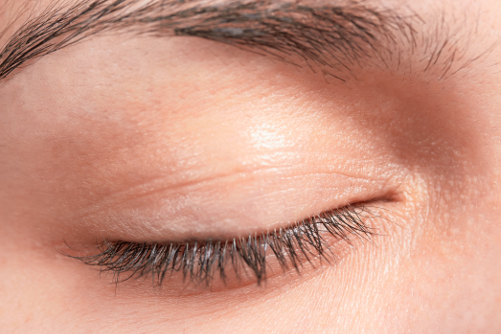
The average person blinks 17 times per minute. That equates to 1,020 times an hour, 24,480 times a day and 8,935,200 times a year. The average blink lasts approximately 1/10 of a second, which means you spend roughly 248 hours a year blinking. That’s great news for eye health. Blinking is essential in preventing eye conditions like dry eye and can help offset the effects of things like digital eye strain.
-
2. Brown Eyed Girl
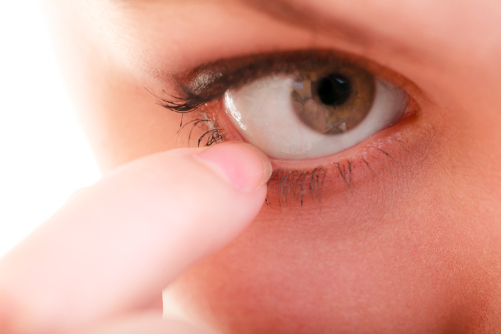
Once upon a time, all humans had brown eyes. Blue eye color is in fact a mutation that — according to research from the University of Copenhagen — developed merely 6,000 – 10,000 years ago. Some researchers suggest this could mean that all blue eyed people share a single, common ancestor; but the jury is out.
-
3. Colors Galore
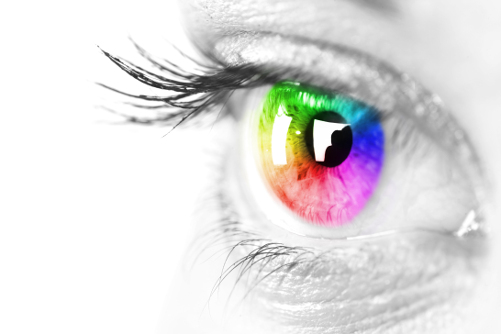
The human eye is capable of detecting more than 10,000 million unique colors. Light waves hit the cone cells of the retina where they are transported to the brain via the optic nerve. The human eye has 6 to 7 million cones concentrated on a spot of the retina no bigger than .3 millimeters.
-
4. Colorblind Birth

All humans are born colorblind. Vision development occurs quickly for babies in the months after birth. Reds, oranges, yellows and greens are perceivable after one week, with other colors coming shortly thereafter.
-
5. Dry Cry Babies

Newborn babies tend to cry; a lot. But you might be surprised to learn that they don’t shed tears. This is because the tear ducts don’t fully develop until a baby is roughly 8 months old; at which point there will be tears to accompany the crying.
-
6. Tiers of Tears
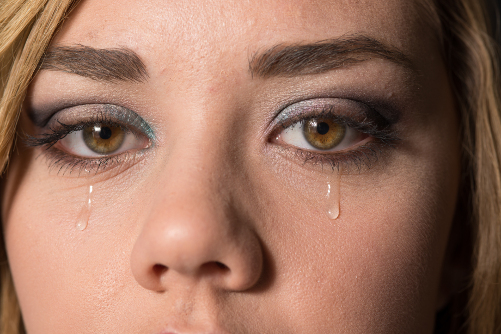
Not all tears are the same. In fact there are three tear variants: basal tears, reflex tears and emotional tears. Basal tears are responsible for lubricating the eyes, whereas reflex tears are a response to foreign bodies in the eye (dust, sand, etc.) or irritants like chopping an onion. Emotional tears differ in that they help the body purge stress-related chemicals like manganese and prolactin. Emotional tears also have a higher level of protein than basal or reflex tears.
-
7. Eye Got Burned

It probably won’t surprise you to learn that you can go blind from staring at the sun, but you might not be aware that your eyes can actually get sunburned (photokeratitis). Your eyes are just as vulnerable as your skin to the ultraviolet (UV) rays emitted by the sun. If you don’t wear UV-blocking sunglasses regularly, your eyes can get burned, resulting in pain, swelling, light-sensitivity and blurred vision. This pain can last 48 hours or longer.
-
8. The Inevitable Cataract
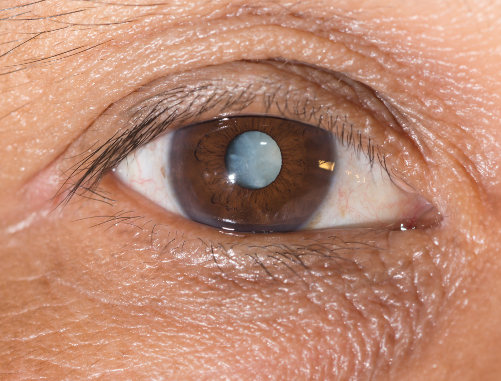
If you live long enough, you will eventually develop cataracts (clouded eye lenses). Cataracts are a leading cause of blindness in people aged 65 and older. By the age of 80, more than half of Americans will either have cataracts or have undergone cataract surgery. As you age and your body matures, cataracts are an inevitability.
-
9. Eye length = Eyesight
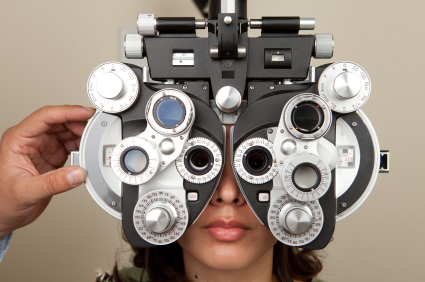
The length of your eye is a determining factor for the type of eyesight that you have. For example, people with a longer-than-normal eyeball are nearsighted (see clearly up close but struggle at distance), and people with a shorter-than-normal eyeball are farsighted (see clearly at distance but struggle up close).
-
10. “Better” Vision
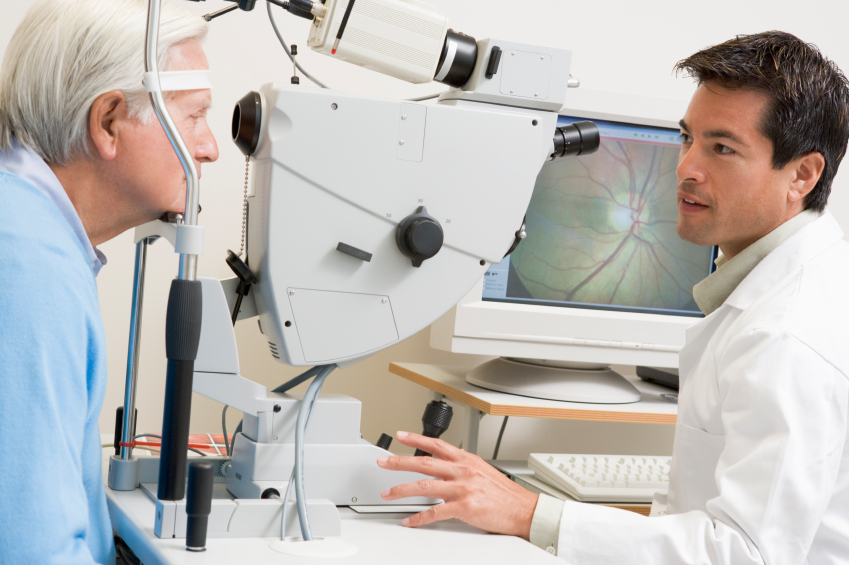
It is possible for your vision to get better as you get older, though this change could actually be the sign of a serious health condition. For instance, certain diseases impact vision. Diabetes makes you more nearsighted. If you are farsighted and develop diabetes, you could actually perceive that your eyesight is improving, even though it’s simply a byproduct of a more significant (and worrisome) health change. If you notice a change in your eyesight (good or bad), you should visit an eye doctor for a checkup.






